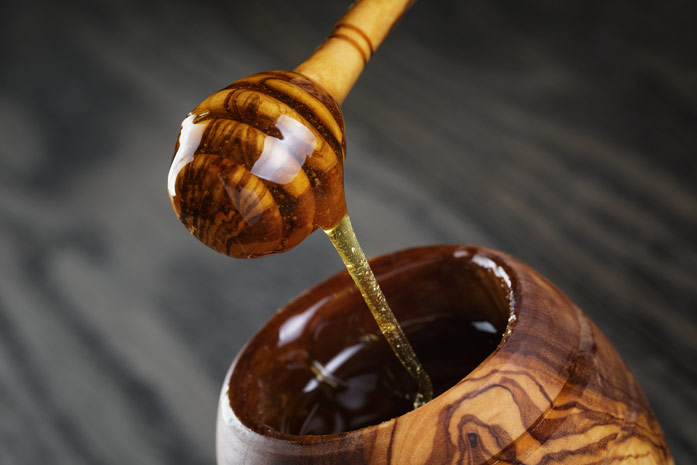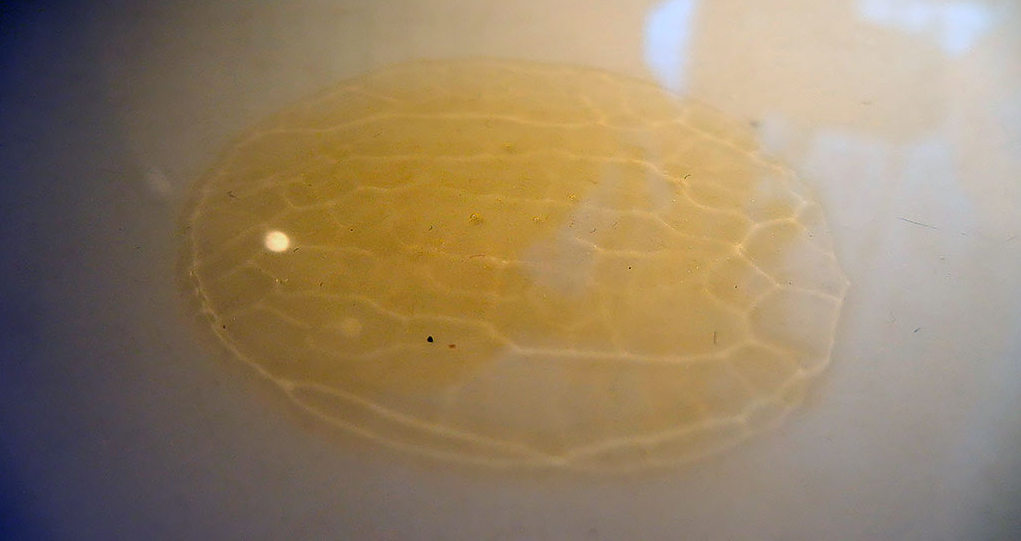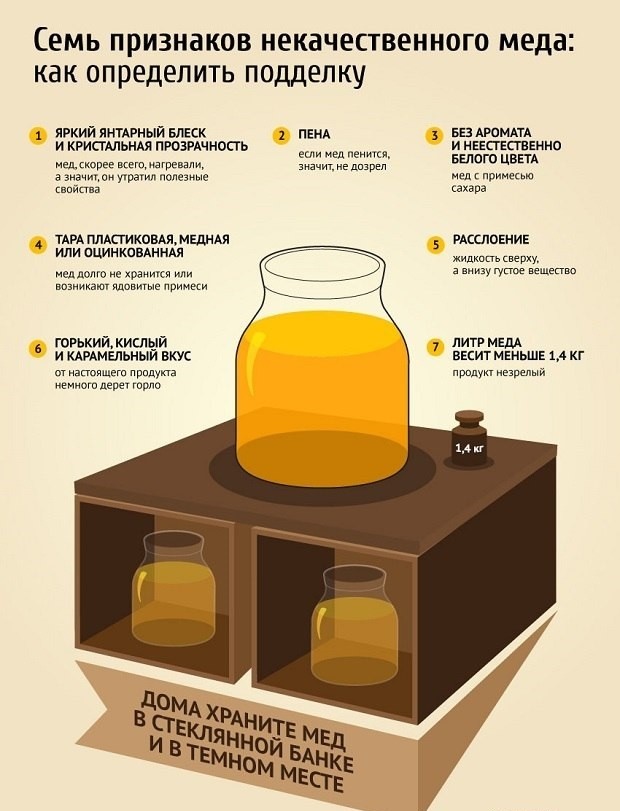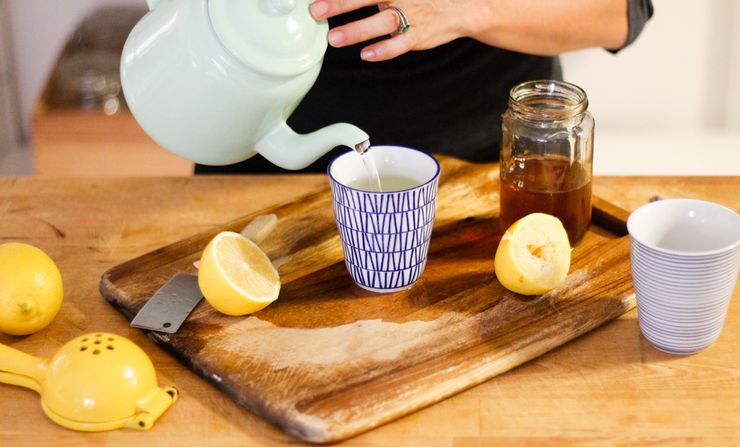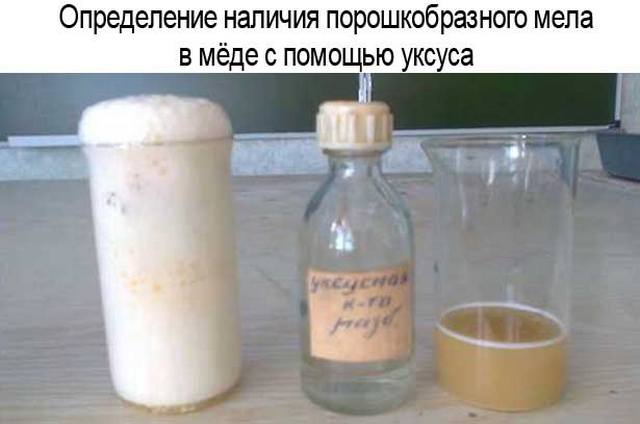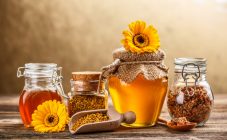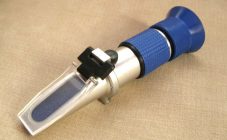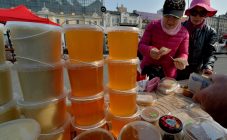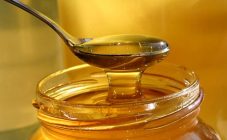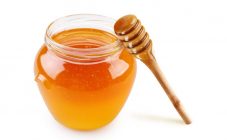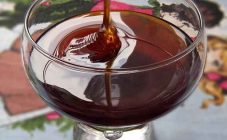Content:
Honey has long been considered one of the most useful and delicious foods. The complexity of collecting honey is determined by the need to maintain an apiary of hives with bees. The variety of honey is determined by the presence of over 25% of the nectar of one plant. Currently, there are over 70 types of honey.
Assurances from sellers about the absolute purity of a particular honey variety are just a marketing ploy, since bees collect nectar from all nearby plants. The resulting mixtures do not mean that the product is of poor quality. Such claims are aimed at increasing the final cost of the honey product.
In addition, unscrupulous sellers, wishing to save a quality product, add additional components to honey, increasing the final volume. Most often, sugar and sugar syrup are used as a supplement. Thanks to them, you can improve the taste of unripe honey. In addition to sugar, the manufacturer can add starch, beet molasses or starch, sucrose or chalk. Consuming low-quality, diluted honey can harm health instead of the expected therapeutic effect.
How to test honey with water
How to check the purity of honey? The accuracy of the statement about the purity of a honey treat can be obtained by handing over a small amount of it for analysis to a chemical laboratory. You can avoid such a complex, lengthy and expensive procedure by conducting a series of small and simple experiments at home. Learn how to test honey with water in the next article.
How to test honey with water? Using water is the cheapest and easiest way to determine naturalness. Testing honey for naturalness with water consists in the need to fill the glass halfway with water. Next, dissolve 1 tablespoon of the sample to be analyzed in water. Real honey will quickly dissolve without residue, forming a cloudy solution.
The counterfeit product, when dissolved in water, forms a precipitate at the bottom of the glass.
Checking with water and a plate
There is a belief that honey has a "genetic" memory of honeycombs. You can check the quality of honey in this way using a ceramic plate. Pour a small amount of honey into a flat dish or saucer. After that create a water layer on top. When making circular movements with water, you should get a honeycomb-like depression. The observation of such structures indicates the authenticity of the origin of the product.
Checking the naturalness of honey
In addition, you can find out the presence of impurities by reacting with iodine. Iodine allows you to detect the presence of starch or flour in the composition of honey. Dissolve 1 tablespoon of the product sample in a small volume of water. After that, you should add a few drops of iodine. After thoroughly stirring the resulting solution, you can determine the presence of a fake by the appearance of a dark brown color. Natural honey will hardly change its color, unlike fake honey.
Dilution of honey can be detected by applying a drop to a piece of paper or newspaper. The spreading natural bee product after wiping will not leave traces.Whereas a fake one diluted with water will leave a damp stain or seep through the paper layer.
Adding sugar to honey is one of the most common scams. You can use fire to determine the sugar content. After scooping up some honey, you need to set fire to the edge with a match or a lighter. The real honey will slowly start to melt, while the fake sugary product will start burning. In addition, the fake honey product will smell like a characteristic caramel flavor.
You can check for cleanliness using a metal wire or a thin stainless steel rod. After dipping in a bee product, real honey will leave the metal clean. The fake quality will remain sticky on the bar.
The addition of starch syrup reduces the honey performance. Such honey becomes more viscous, it has a distinct smell of molasses, since the content of reduced sugars is reduced in it. In the process of technological impact on molasses, sulfuric acid is formed in the counterfeit product. It is possible to identify it in the remainder by acting with ammonia. In an aqueous solution of honey, you need to add 5-10 drops of concentrated ammonia. The appearance of a brown precipitate and a change in the color of the solution indicate the falsification of the honey product by adding starch syrup. The same color change occurs when low-quality honey reacts with 96º alcohol.
It is possible to identify the presence of impurities in a longer way. To do this, you need to brew tea and add 1-2 teaspoons of the analyzed honey to it. After 60 minutes, you need to carefully inspect the bottom of the container. The presence of a suspicious sediment indicates a questionable product quality.
The original method is to test a bee product with a piece of bread. By dipping bread in honey for 10 minutes, you can determine the quality of the product. In real honey, the bread will surely harden, while in fake honey it will soften.
In addition to diluting honey with water, adding flour or sugar, often unscrupulous manufacturers add chalk to the bee product. Chalk can hide the poor quality of the original product and add excess weight to the final product. It is possible to determine the fact of falsification of honey using chalk crumbs by reacting the product with table vinegar. When reacting with acetic acid, carbon dioxide is released. To do this, dissolve 1 tablespoon of the sample to be analyzed in water and drip a small amount of vinegar essence. The formation of foam on the surface of the solution, as well as hissing, are proof of poor quality. There is no change in the pure product.
In addition to making changes to the composition of the finished product, beekeepers can feed the bees with sugar. The lack of medicinal properties of such "sugar" honey reduces the gustatory and medicinal value of the product. A discrepancy can be identified by adding honey to hot cow's milk. When fake raw materials smell burnt sugar, milk curdles. The natural product will completely dissolve.
The quality of honey can be determined based on the external characteristics of the product being sold. Particular attention should be paid to the color, aroma and texture of the bee product.
No stratification of the structure should be observed in the container. Uniform density and color scale are the first signs of naturalness. The consistency of honey should be viscous, without excessive hardness. The presence of wateriness in the final product is unacceptable. Honey, which resembles kefir in consistency, can hardly be called natural.
After heating the honey to 20º, stir it with a spoon. When pulling out a spoon, you need to pay attention to the behavior of honey when making rotational movements. If the honey product does not flow down in a trickle, but is wound on a spoon, we can say that the composition is natural.When holding a spoon, a real bee product should fold up in a slide, with the formation of bubbles on the surface. Otherwise, too fast flowing and unstable consistency indicate a change in the original composition.
Natural honey tends to crystallize, acquiring a harder consistency. For different varieties, the process takes a different period. For example, sunflower honey crystallizes within the first 3-4 weeks. Acacia remains in liquid form throughout the year. The characteristic aroma will also help in determining the quality of honey. Fragrant, rich real honey is not easy to confuse with a fake.
Astringent taste is one of the criteria for the natural origin of honey. High quality products can easily dissolve in the oral cavity and slightly tingle the throat during swallowing. The presence of a sugary taste indicates the addition of sugar to the composition.
Immaturity or dilution of honey can be detected by weighing the purchased product.
Summing up, we can say that honey is a useful and popular product, it should be carefully checked for the possibility of counterfeiting. Eating a counterfeit product can negatively affect your health. The addition of sugar, starch syrup, chalk or starch reduces the benefits.
It is recommended that you purchase a small portion before purchasing a large volume of honey to check for impurities. An unambiguous answer about the presence of additives can be obtained after analysis in a chemical laboratory. However, even at home, you can conduct a number of simple experiments that reveal the true composition of the honey product.
